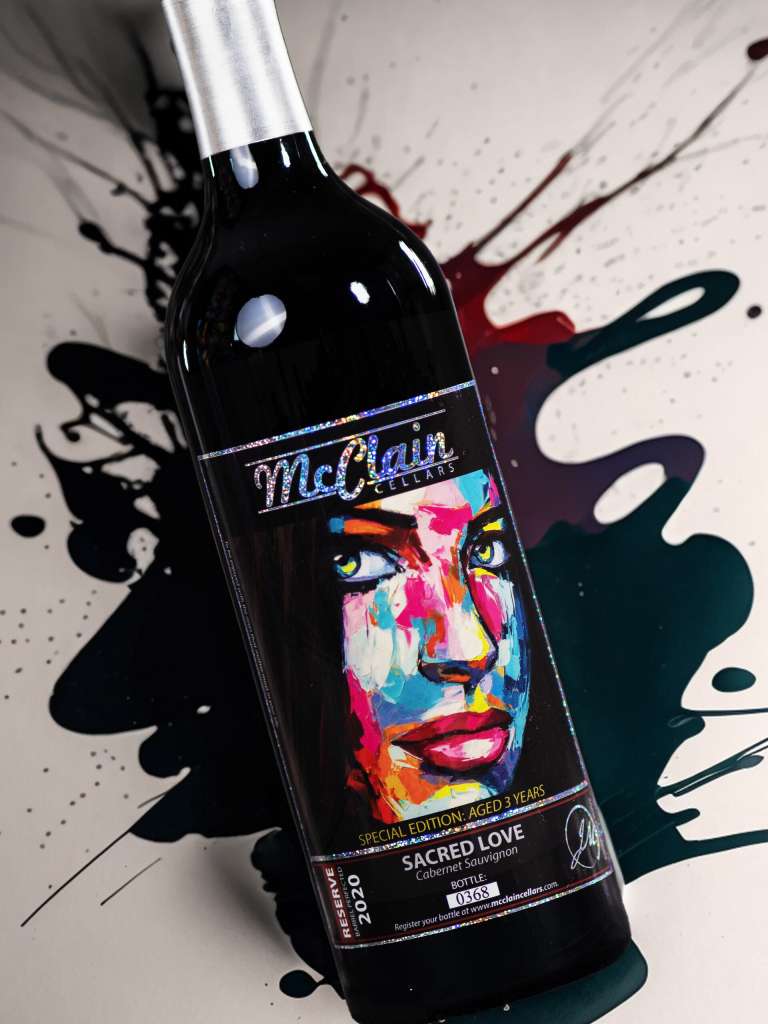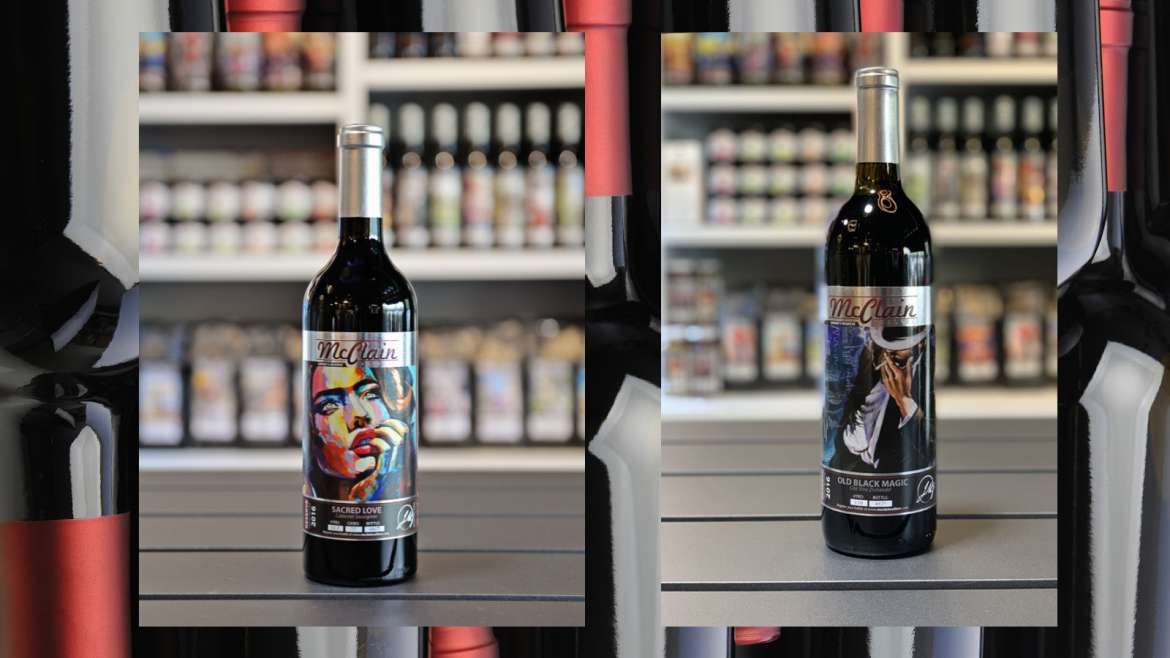When it comes to choosing a red wine, there are countless varieties to choose from. Zinfandel and Cabernet Sauvignon are two popular choices. They each have their own unique characteristics and flavor profiles. While both wines are red, the differences between them are significant and may impact which one you prefer.
In this article, we’ll explore the key differences between Zinfandel and Cabernet Sauvignon to help you make an informed decision on which one is best for you.
What is Zinfandel?
Zinfandel is a red wine grape widely grown in California. It makes up around 80% of the wine grape plantings in the state. Zinfandel has numerous synonyms and grows in several different regions including Italy, Croatia, Argentina, and Chile. Zinfandel is known for its bold and fruity flavor profile, with notes of blackberry, raspberry, and plum, as well as a hint of spice.
What is Cabernet Sauvignon?
Cabernet Sauvignon (aka Cabernet or Cab for short) is a type of red wine that is made from Cabernet Sauvignon grapes. The grape variety is known for its thick skin, which contributes to the wine’s tannic flavor profile. The wine is often aged in oak barrels to add additional complexity to the flavor. It is a versatile wine that pairs well with a variety of foods, including steak, lamb, and other red meats. While Cabernet is most commonly associated with Bordeaux in France, it is also grown in other parts of the world, including California, Australia, and Chile.

Here Are the Main Differences Between Zinfandel and Cabernet
Zinfandel vs Cabernet: Flavor Profile
Zinfandel is known for its bold and fruity flavor profile. It’s often described as having notes of blackberry, raspberry, and plum, as well as a hint of spice. Zinfandel is also known for being high in alcohol content, which can give it a bit of a “kick.” Cabernet, on the other hand, is known for its more complex flavor profile. It often has notes of blackcurrant, black cherry, and cedar, as well as a hint of vanilla. It is also known for being more tannic than Zinfandel, which can give it a more “structured” mouthfeel.
Aging
Another key difference between Zinfandel and Cabernet Sauvignon is how they age. Zinfandel is known for being a “drink now” wine, meaning it’s best enjoyed within a few years of bottling. Cabernets, on the other hand, can be aged for several years (or even decades) to develop a more complex flavor profile.
Zinfandel vs Cabernet: Food Pairings

The flavor profiles of Zinfandel and Cabernet make them better suited for certain types of food. Zinfandel, with its bold and fruity flavor, pairs well with dishes like barbecue, spicy foods, and even pizza. Cab, with its more complex flavor profile, is better suited for heartier dishes like steak, lamb, and other red meats.
Alcohol Content
Zinfandel typically has a higher alcohol content than cabernet, which can make zinfandel wines taste more intense and “kick” when you drink them. Most zinfandels are between 13-16% alcohol by volume (ABV), with some going as high as 17% ABV. Cabernet Sauvignon, on the other hand, has an average alcohol content ranging from 13.5% to 14.5%.



Zinfandel and Cabernet Sauvignon are two very different red wines that offer distinct flavor profiles and characteristics. While Zinfandel is known for its bold, fruity flavor profile and high alcohol content, Cabernet is known for its complex flavor profile and high tannin content. Both wines have their own unique food pairing suggestions, and they are grown in different regions around the world.
Ultimately, the choice between Zinfandel and Cabernet Sauvignon comes down to personal preference and what you are looking for in a wine.






